In this guide, Uncommon Designers will show tips to help you confidently select the best plants for landscaping your outdoor space. This guide has everything from preparation tips to choosing the right plants for your environment. Get ready to learn the basics of selecting plants that will thrive outdoors.
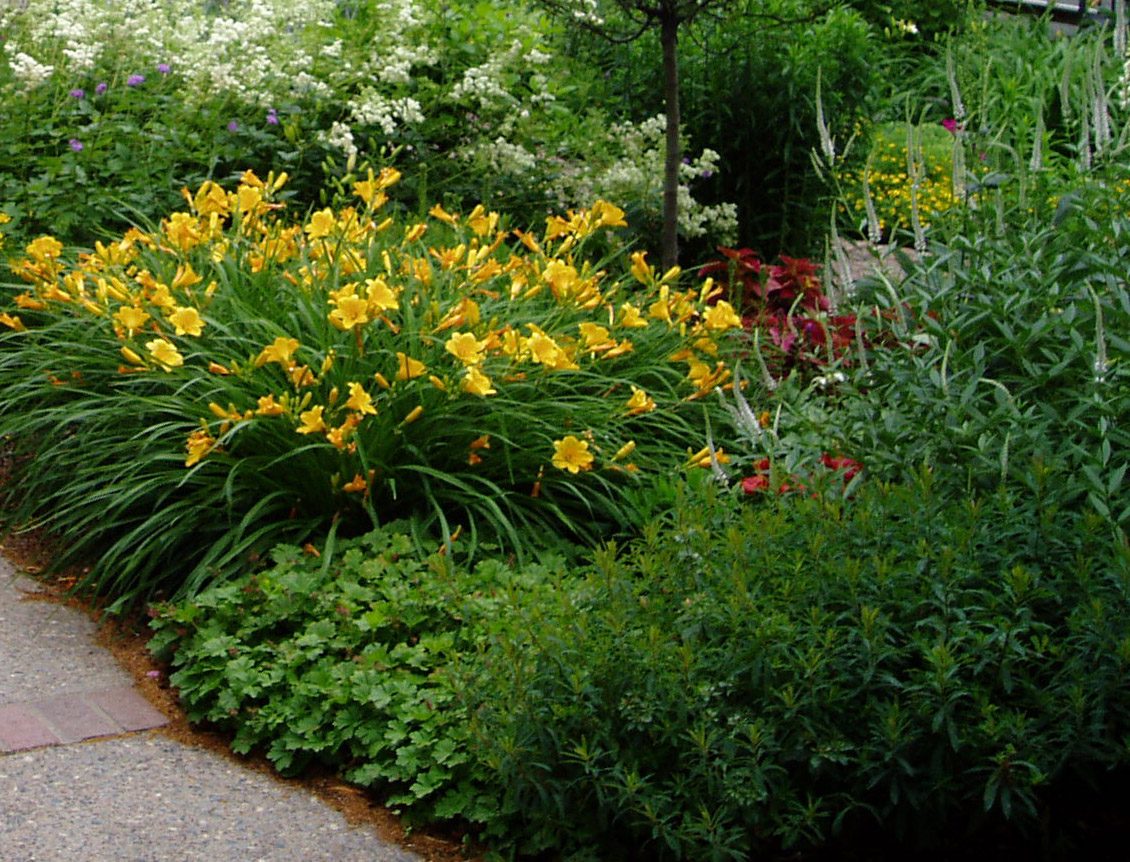
Choosing Your Plants
The key to creating a stunning garden is a thoughtful selection of plants. This involves understanding the environment they’ll inhabit, the aesthetic they’ll contribute to, and the care they’ll need to flourish.
Location
First, you need to assess your garden’s location. Does it sit on a slope? Is it near a water source? Understanding your landscape’s topography can help you position plants where they can thrive best.Â
Climate
Your local climate significantly influences what plants can grow in your garden. Familiarizing yourself with your area’s USDA plant hardiness zone will guide you on what plants can survive your region’s winter temperatures.
Soil Type
From sandy to clayey or loamy, every plant has a soil preference. Conduct a soil test to determine its type and amend it as needed to provide a hospitable environment for your chosen plants.Â
Sunlight
Observe the sun’s pattern in your garden. Some plants need sunlight, while others thrive in shade. Choose plants that suit your garden’s light conditions for healthier growth.
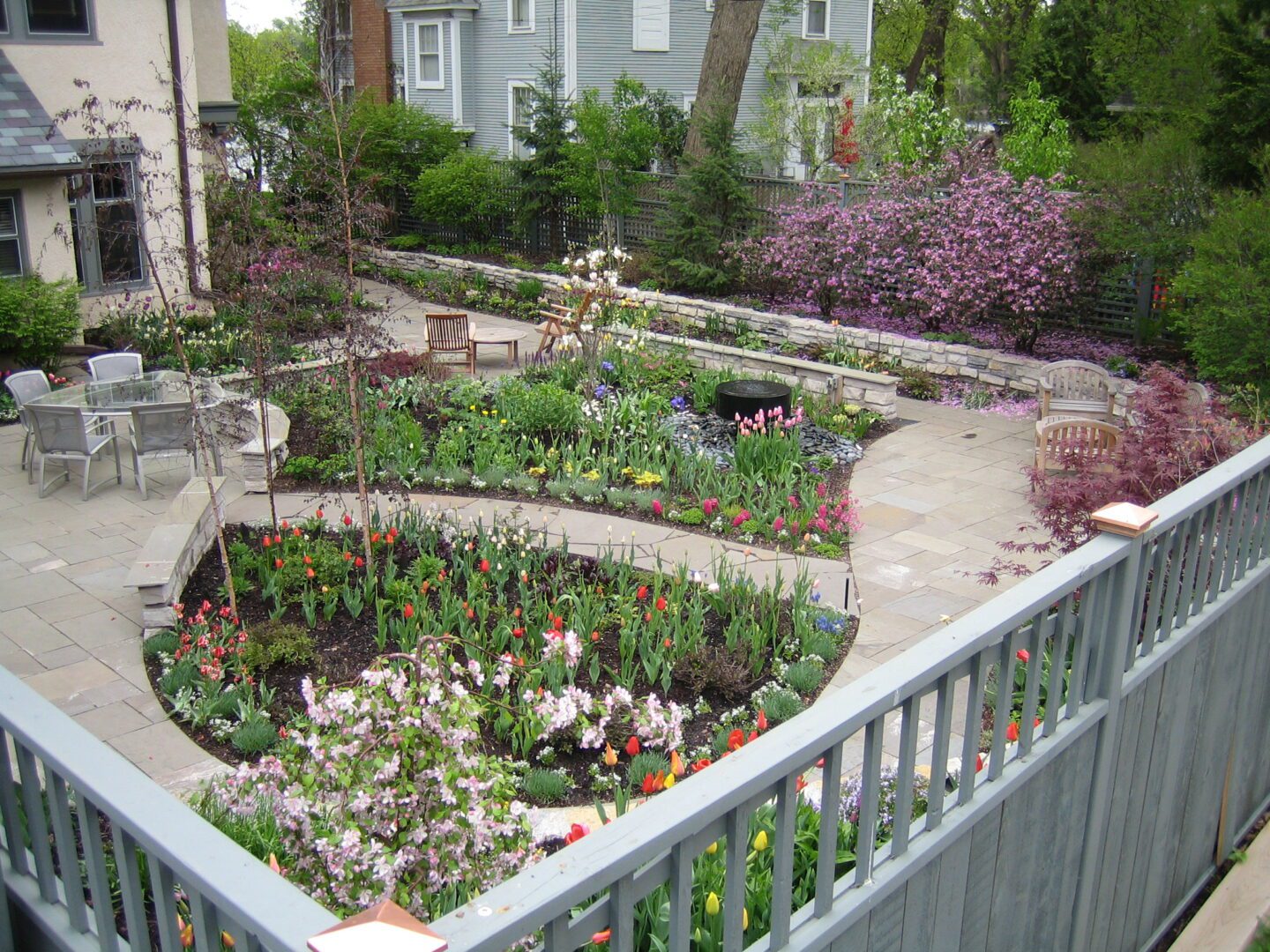
Common Landscaping Themes
Adding landscaping themes to your garden is a great way to create an inviting and exciting outdoor space. There are many common landscaping themes, such as romantic, traditional, and modern. Create a romantic garden with the help of meandering pathways, colorful flowers, and a babbling fountain for a tranquil setting. Remember the traditional theme: neatly trimmed hedges and symmetrical flower beds will bring structure to your outdoor haven.
Modern and contemporary landscapes offer simplistic yet captivating designs with bold lines, hardscape accents, and unique plantings for gardeners looking to make a bold statement. Whatever your choice, you can transform your garden into the perfect outdoor space with a suitable landscaping theme.
Romantic
Think of the cheerful colors of roses, the scent of lavender, and the elegance of lilies. Look for plants perfect for a romantic garden theme that will contribute to your satisfaction and delight. Choose sun-loving blooms with vibrant, long-lasting flowers like roses, lilies, daisies, and poppies.
Traditional or Colonial
Opt for plants with “heritage” value to create a traditional or colonial-style landscape. Perennials such as rosemary and lavender are strong contenders for this aesthetic, as they can withstand various climates, and their delicate aroma will provide a sweet, pleasing scent for your landscape. Additionally, certain herbs and spices, such as sage and basil, played an extensive role in the traditional colonial diet and can provide a nostalgic touch to your outdoor space.
Contemporary
Choose plants with bold foliage, shapes, and sizes to create an eye-catching look. Ornamental grasses, textured conifers, and large-leaved perennials such as Heuchera and Hosta are great for making a statement. Incorporate interesting features like stones, mulch, and edging for a more unique appearance. The most important thing to remember is to add variety and layers to your landscape. You can create a modern and eye-catching outdoor space with careful planning and selection.
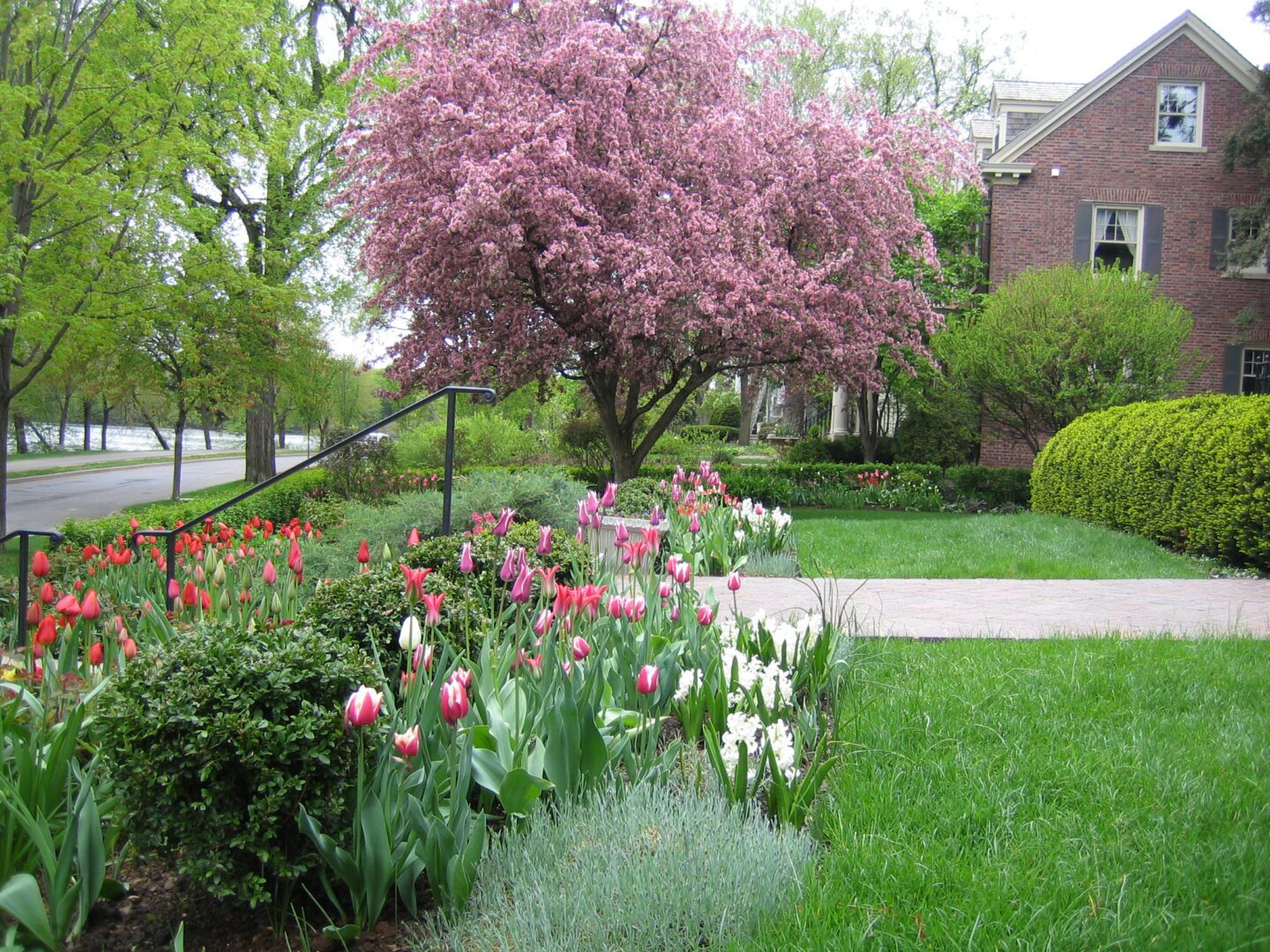
Picking the Right Color
Color is a powerful tool in landscape design. It can set a mood, draw attention, or create depth and dimension.
Seasonal Variations
Plant selection for year-round color involves a blend of spring bulbs, summer perennials, autumn foliage, and winter-interest plants. This ensures your garden remains vibrant throughout the year.
Contrast vs. Complementary
Using the color wheel can help create a harmonious or dramatic garden. Complementary colors (opposite on the color wheel) create contrast, while analogous colors (next to each other) create harmony.v
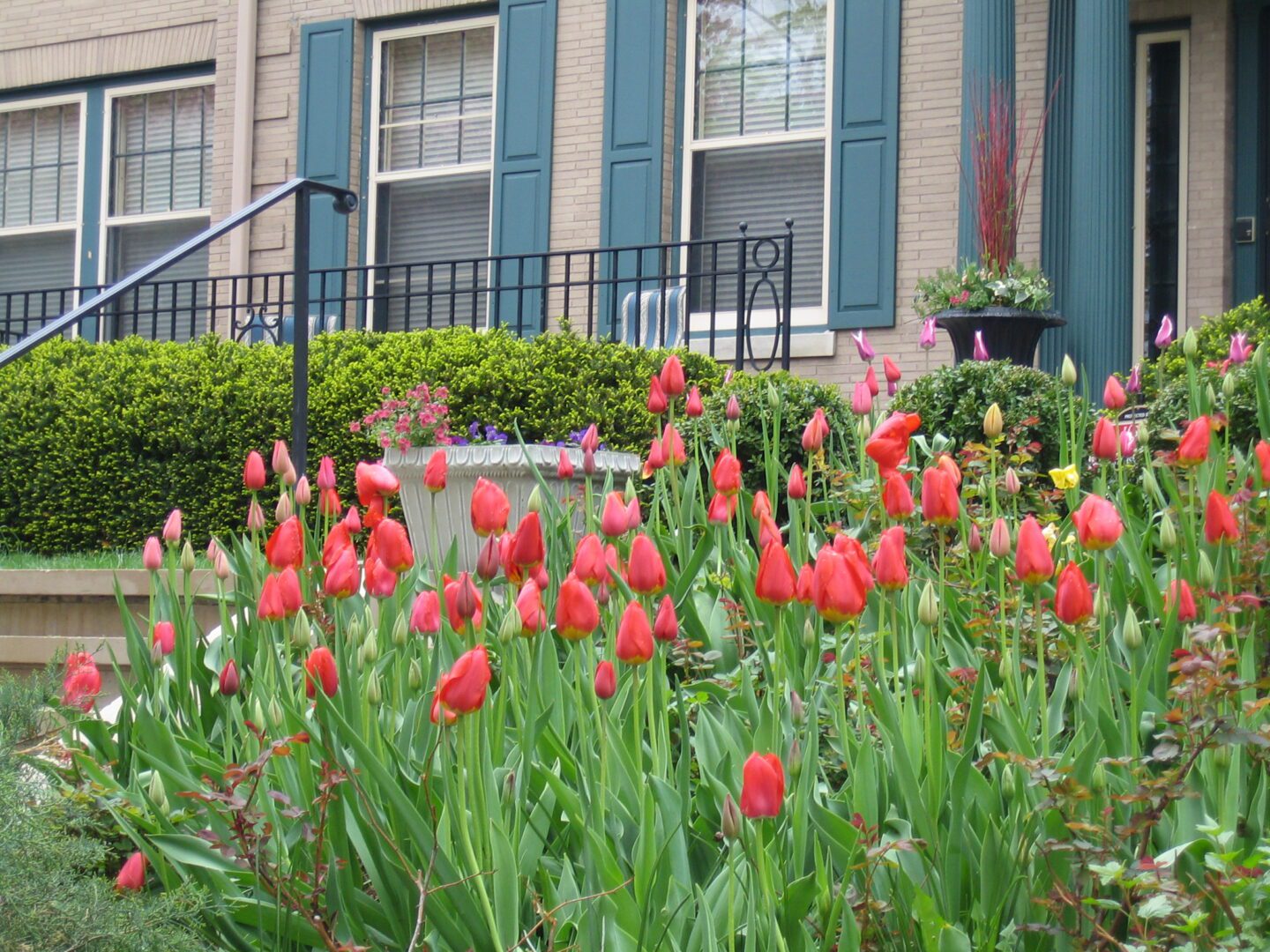
Finding the Right Balance
You want to make sure the landscaping plants you choose complement each other and the existing landscape. Matching plants of varying heights, shapes, textures, and colors ensures an aesthetically pleasing final result. It’s best to pick plants that will remain consistent in size over time to ensure the balance is maintained.
When selecting plants, consider how they will complement each other in shape and color. Place taller plants at the back and some in the front as accents. Try to use one color scheme for most plants and incorporate a few different varieties. You can create a balanced, pleasing landscape with careful selection and consideration of aesthetics.
Variety
Various plant types, heights, and colors can add interest and depth to your garden. It also supports biodiversity, creating a healthier garden ecosystem.
Structure
Structural plants (trees and shrubs) offer year-round interest and form the backbone of your garden. They can provide shade and privacy or act as windbreaks.
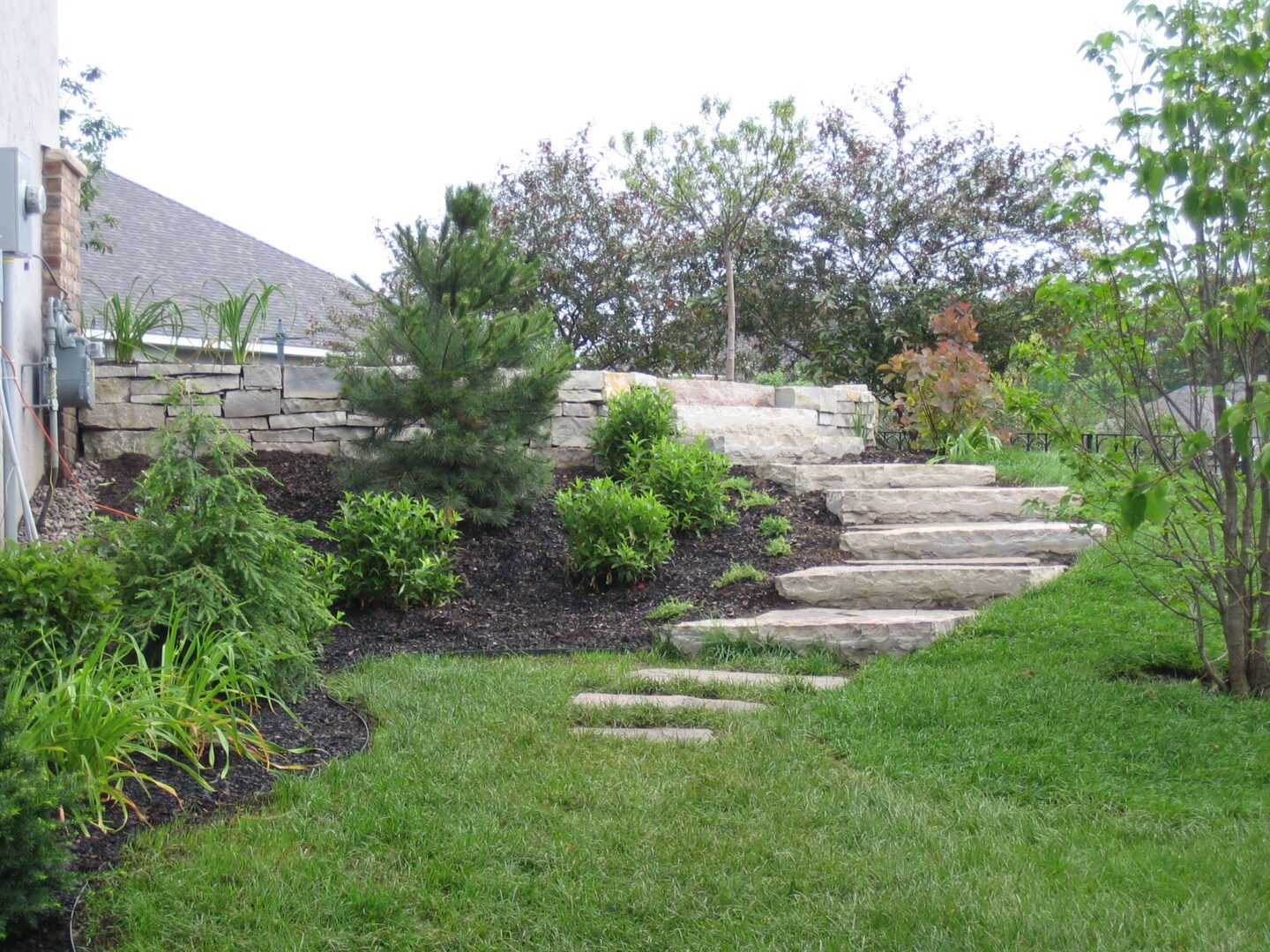
Types of Landscape Plants
When planning for a garden and landscaping, it is crucial to consider the types of plants used. There are many options to choose from to create a beautiful landscape design. Some types of plants can be used as foundation plants, ground covers, accent plants, or to provide privacy. Each type of plant has its particular requirements for soil and light, temperature, and climate. Selecting suitable types of plants for the correct type of landscape is vital to having a successful garden.
Trees for Landscaping
Trees offer shade and privacy and can be an impressive focal point in your garden. Without sacrificing aesthetics, native trees often adapt to the local climate and soil conditions. They will serve you better than other varieties. Not only do these trees have a unique natural beauty, but they also require less effort when it comes to ongoing maintenance. Plus, they need less water than non-native ones, saving you money in the long run. The most popular native trees in Texas include pecan, cedar elm, and live oak. Whether planning a large natural garden or just a few trees, native trees in Texas are a great choice.
Shrubs for Landscaping
Depending on your shrub placement, these versatile features can create a living fence, fill in garden beds, or serve as a background for colorful flower beds. They come in various shapes, colors, and sizes, making finding one to fit your specific needs easy. When selecting a shrub for your garden, consider your area’s climate and soil conditions. Some shrubs, such as azaleas, rhododendrons, and hollies, are better suited to cool, moist climates. In contrast, others, like oleanders and shrimp plants, thrive in warm, dry areas. It is crucial to properly prepare the soil for your shrub with organic matter before planting.
Perennial Plants for Landscaping
Perennials are plants that live for more than two years. They are an excellent choice for landscaping projects because they are hardy and can return for many years with relatively low maintenance. Planting perennials helps create beautiful gardens without starting from scratch every year. Also, these plants can often bloom for several weeks and present different blooms (colors and shapes) throughout the growing season. The main benefit of perennials is reliability in size and color, with the bonus of designing many different types of flower beds and borders. Enhanced by their easy care, these plants will bring beautiful color and texture to any garden space.
Annuals for Landscaping
Annuals complete their life cycle in one year. They add pops of bright color to your landscape. You can choose various annual flowers in different shapes and sizes to create a beautiful, vibrant look. Annuals are short-lived, so you should plant them in containers or raised beds with soil that retains moisture better than traditional soil. This way, they can be easily replaced when their life ends. Choose varieties that match your color scheme, and enjoy the bright blooms during the year’s warmer months!
Native Plants
Native plants are an excellent choice for landscaping in Texas, as they have evolved to thrive in the local climate and habitat. Native plants are also more resistant to common diseases and pests, saving you time and money in the long run. They are also great for feeding local wildlife. They can be a more economical way to landscape since they require less water and fertilizer to thrive. By using native plants in Texas, you can make an environmentally conscious choice that will benefit both you and the local environment.
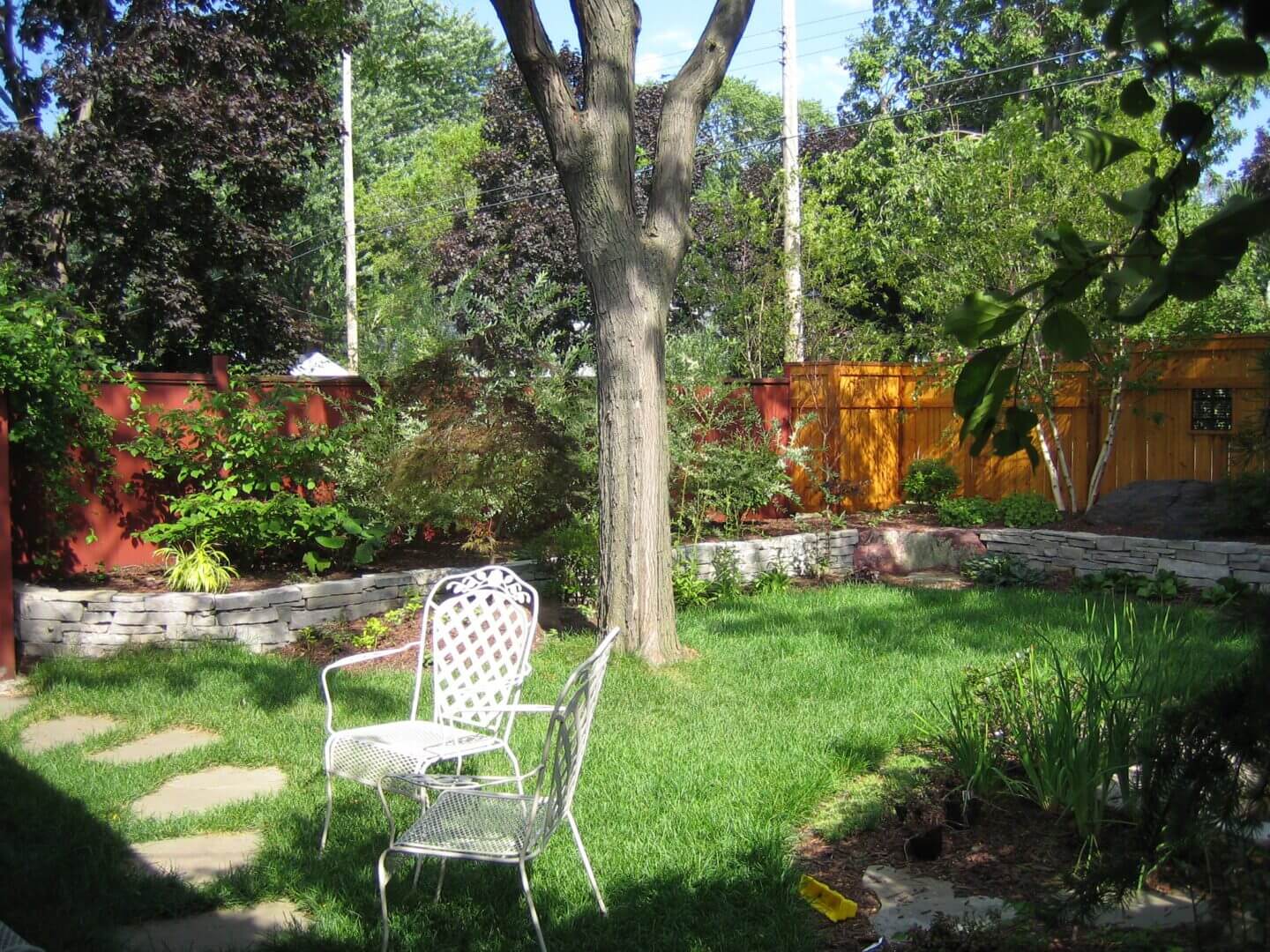
Care and Maintenance
The health and aesthetics of your garden are directly linked to how well you care for it. Maintenance and care are essential for the perfect plants you’re looking for.
Pruning
Pruning helps keep plants looking neat and healthy. Depending on your plant type, pruning may become part of your regular gardening routine. The best time to prune is usually early spring, but other seasonal pruning can help shape your plants and create a more attractive garden.
Fertilizing
Fertilizing is an integral part of care and maintenance when it comes to landscaping. From general garden fertilizer to specialized formulas, there are many options to help keep your plants healthy. Determine which type of fertilizer best suits your chosen plants for your landscape.
Watering
Proper watering is key to keeping your plants healthy and thriving. Before selecting a plant, research how often it requires watering and the best amount of water. Generally, it’s important to water thoroughly, letting the water seep deeply into the soil, rather than to water often in small doses.
Local Plant Nurseries
Local nurseries can offer a wealth of knowledge about plants suited to your region’s conditions. Plus, they provide locally grown plants, reducing the risk of introducing invasive species. Some local plant nurseries you can find in Dallas with a vibrant selection of flowers are:Â
Choosing The Right Plants For Your Garden Is Tricky
Selecting the best plants for landscaping is an essential decision for any landscaper or homeowner. Factors like climate, soil quality, and garden placement all play a role in making the right choice. Researching different options, consulting experts, and trial and error can help you find the best plants for your yard. With creativity and care, you can create a beautiful garden that will bring joy and beauty to your outdoor space!
Want an expert’s advice?Â
Call Uncommon Designers


Recent Comments